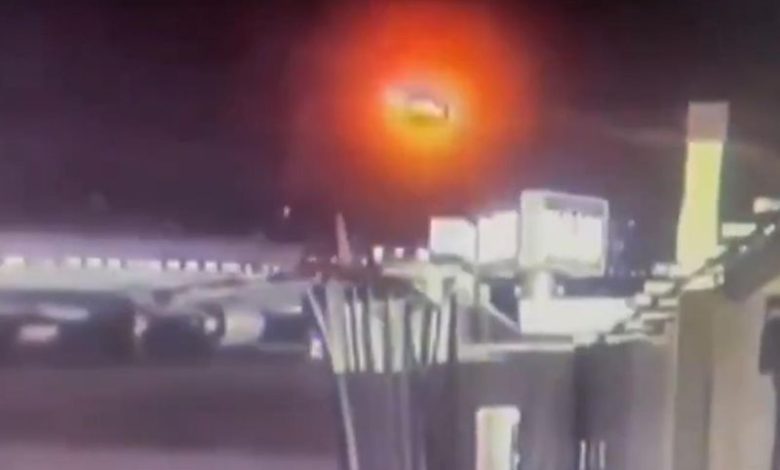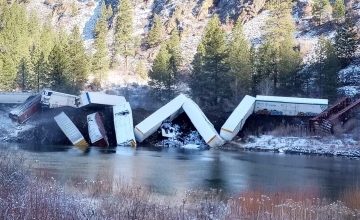Black Box From Crashed Aircraft Reveals Stunning ‘Discrepancy’ Possibly Explaining Tragic Collision

Investigators analyzing the black box data from the recently crashed aircraft have uncovered a significant discrepancy that could provide crucial insight into the cause of the tragic collision.
Initial findings from the investigation into the tragic collision between an American Airlines CRJ-700 jet and a U.S. Army Black Hawk helicopter near Washington, D.C., which claimed 67 lives, indicate a significant altitude discrepancy at the time of the accident.
According to the jet’s flight recorder, it was flying at roughly 325 feet, while the control tower’s data placed the helicopter at 200 feet. This 125-foot difference is now under scrutiny by the National Transportation Safety Board (NTSB) as they seek to understand its impact on the fatal incident.
Investigators are delving into the conflicting altitude readings from the recent midair collision, exploring several potential causes. They are examining whether there were errors in the reported altitudes, if the helicopter might have surpassed its maximum allowed altitude of 200 feet for its flight path, and the impact of the crew’s use of night-vision goggles.
Recorded alerts from air traffic control to both the helicopter and the airplane, along with the aircraft’s last-second evasive actions, are being analyzed to further understand the dynamics of the incident.
“That’s what our job is, to figure that out,” NTSB member Todd Inman said, according to DailyMail, showing some frustration with reporters pressing for details on the altitude discrepancies.
Investigators are striving to align the differing altitude readings with data from the helicopter’s black box, which has been delayed due to the recorder being waterlogged after falling into the Potomac River.
“We currently don’t have the readout from the Black Hawk, so we cannot provide information about the altitude at which the helicopter was flying,” Inman explained, adding that “obviously an impact occurred, and I would say when an impact occurs, that is typically where the altitude of both aircraft were at the moment.”
“Some wanted to give us hugs. Some are just mad and angry,” Inman shared. “They are just all hurt. And they still want answers, and we want to give them answers.”
“Our job is to find the facts,” said Inman. “More importantly, our job is to make sure this tragedy doesn’t happen again – regardless of what anyone may be saying.”
Black boxes, or flight recorders, are essential for investigating aircraft incidents. They consist of two devices: the Flight Data Recorder (FDR), which logs flight parameters like speed, altitude, and engine performance, and the Cockpit Voice Recorder (CVR), which captures pilot conversations and cockpit sounds.
Despite their name, they are bright orange for visibility. Built to withstand extreme conditions, they endure high-impact crashes, intense fires, and deep-sea pressure. Equipped with underwater locator beacons, they emit signals for up to 30 days to aid recovery.
“This is a complex investigation,” stated Brice Banning, the NTSB investigator in charge. “There are a lot of pieces here. Our team is working hard to gather this data.”
Banning further detailed the critical final moments as captured by the jet’s two black boxes, which recorded sounds in the cockpit and flight data. “The crew had a verbal reaction,” he noted, with the data recorder indicating “the airplane beginning to increase its pitch.”
“Sounds of impact were audible about one second later, followed by the end of the recording.”
An FAA report disclosed that a single controller was managing both helicopter and plane traffic at the time of the incident. While these responsibilities are usually split between two individuals, the airport typically consolidates them into one position after 9:30 p.m. when traffic diminishes.



